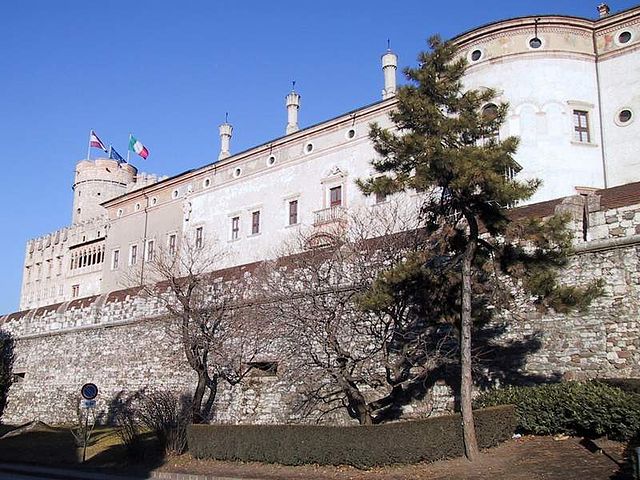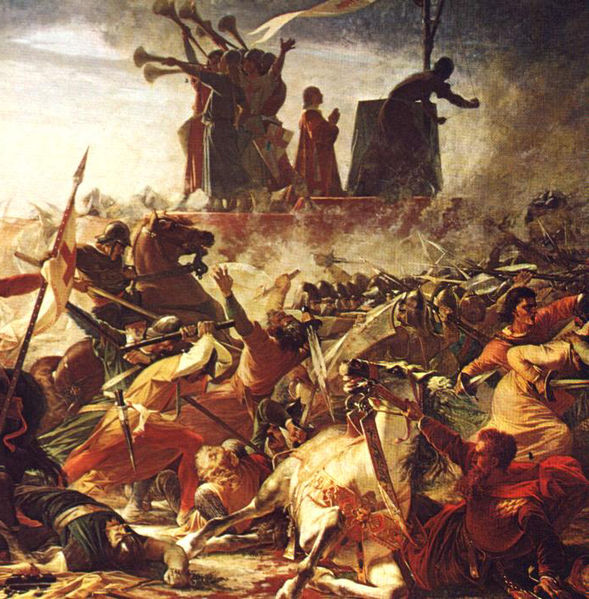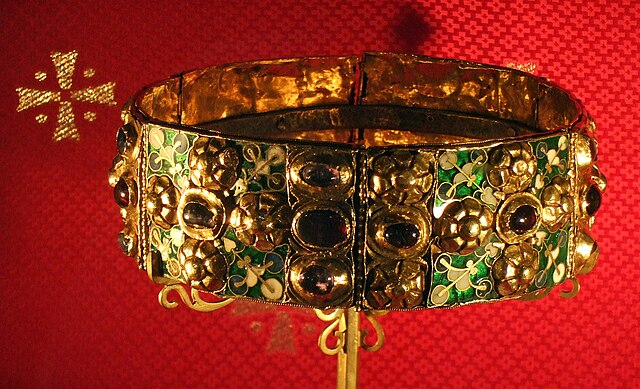Trentino-Alto Adige/Südtirol
Trentino-Alto Adige/Südtirol is an autonomous region of Italy, located in the northern part of the country. The region has a population of 1.1 million, of whom 62% speak Italian as their mother tongue, 30% speak South Tyrolean German and several foreign languages are spoken by immigrant communities. Since the 1970s, most legislative and administrative powers have been transferred to the two self-governing provinces that make up the region: the province of Trento, commonly known as Trentino, and the province of Bolzano, commonly known as South Tyrol. In South Tyrol, German remains the sizeable majority language.
The Prince-Bishops of Trent ruled from Buonconsiglio Castle from the 13th until the 19th century
Cathedral Maria Himmelfahrt in Bolzano/Bozen, capital of South Tyrol
View of the Rosengarten group in South Tyrol
Alpine landscape near the village of Stilfs, South Tyrol
Northern Italy is a geographical and cultural region in the northern part of Italy. The Italian National Institute of Statistics defines the region as encompassing the four northwestern regions of Piedmont, Aosta Valley, Liguria and Lombardy in addition to the four northeastern regions of Trentino-Alto Adige, Veneto, Friuli-Venezia Giulia and Emilia-Romagna.
Migration of the Lombards towards northern Italy
The defence of the Carroccio during the battle of Legnano (1176) by Amos Cassioli (1832–1891)
San Michele Maggiore, Pavia, where almost all the kings of Italy were crowned up to Frederick Barbarossa
The Iron Crown of Lombardy, for centuries a symbol of the Kings of Italy








